LL22 / OREGON EXPERIENCE LABORATORY

The work of the Fuller Initiative for Productive Landscapes is only possible thanks to the generous support of Mort and Sue Fuller (UO Journalism, Class of 1971).


The work of the Fuller Initiative for Productive Landscapes is only possible thanks to the generous support of Mort and Sue Fuller (UO Journalism, Class of 1971).
In July of 2022, the World Athletics Championships (Oregon22) were held in Eugene and the city had recently completed a new riverfront park and bike path. The Fuller Initiative Land Lab (FILL) became the “front door” to campus for guests walking or biking to the event. In advance of Oregon22, Lab Director, Michael Geffel, received a sponsorship by Travel Oregon to create seven interactive landscape installations, each representing a different landscape of Oregon. Partnering with the Center for Applied Second Language Studies (CASLS), Fuller Design Fellow, David Buckley
Borden, and sound artist, Lisa Schonberg, the “Oregon Experience Laboratory” included an embedded challenge within each installation, that when solved, opened a panorama of its specified region using an Mixed-Reality app designed by CASLS. This gamebased overlay allowed international guests to view the diversity of Oregon’s landscapes and was accessible to those who speak English as a second language.
Principal Design Team:
Michael Geffel, Abby Pierce, Masayo Simon
Experience Design:
Christopher Daradics, Stephanie Knight
Designers-in-Residence:
David Buckley Borden, Ian Vierck, Will Bonner
Sound Artists-in-Residence:
Lisa Schonberg, Masayo Simon, Will Bonner
Field Assistants:
Jenna Witzleben, Jessica Mitchell, Keith Stanley
Project Partners:
UO Campus Planning & Facilities Management, UO Communications,Travel Oregon, Lucan Landscaping, Heritage Seedlings, Forrest Paint
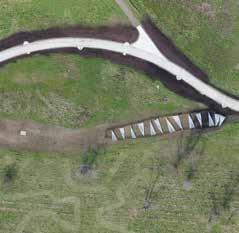


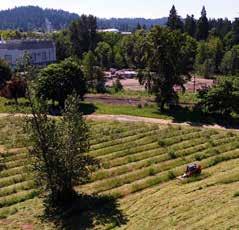

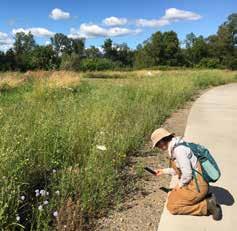
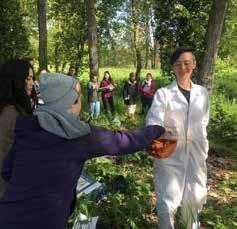


Initiated during the 2018 Overlook Seminar on “Maintenance,” an adaptive management field experiment has been conducted by Professor of Practice, Michael Geffel, UO Campus Planning & Facilities Management, and Lucan Landscaping to understand how the novel maintenance approach of “drift mowing” might strike a balance between Himalayan Blackberry control and meadow habitat. Drift Mowing uses the operational patterns of mowing to demonstrate that the site is cared for, while allowing meadow drifts to remain where blackberries are not present. Meadow drifts provide habitat for birds, small mammals, and pollinators, while also providing an aesthetically diverse landscape for the broader public.
After three years of the field experiment, drift mowing was no longer necessary to identify the extent of invasive species – and the surrounding meadows did not need to be cut at all – so long as the edge between bramble and meadow was delineated before spring emergence. The resulting formal language and spatial distribution of meadows are entirely derived from the population ecology of the landscape as mediated through infrastructural maintenance. This research has been published in Landscape Journal, Kerb, LA+, and Making-Do in Urbanism and the Arts (forthcoming).


Following construction of the Ruth Bascom Riverfront Bike Path and adjacent EWEB water supply line, the Fuller Initiative adopted the two disturbed easements within the Land Lab after the initial hydroseeded native grasses failed. Together with UO ecology professors and a local native nursery, a native pollinator seed mix was developed to study which native species were best adapted to severely compacted soil conditions. The seed mix was composed primarily of summer-flowering, annual species to ensure a prominent bloom during the World Athletics Championships in July
Expanding on this field experiment, temporary protection fencing was installed around two test plots to monitor the effect of goose browse on meadow establishment. After a joyful seeding event, the team approached the Goose Exclusion Fence Lots [GEFL’s] as a temporary art installation and opportunity to explore the aesthetic potential of common landscape products. Materials were selected based on their potential for reuse through later phases, effectively making the GEFL a 750 LF mockup for later distributed installations. Goose browse was found to be beneficial to wildflower establishment since they primarily browsed the competing grasses.



The design research collaborative WAIT... slowscapes (We Are Investigating Time) was created by Abby Pierce (MLA ’22) and Masayo Simon (MLA ’22) as an art-based research practice that emerged from making do with remote education. For their master’s projects, the collaboration used creative fieldwork to form an intimate connection with the site and explore design processes that center land care. WAIT’s explorations included active observation, labor, performance, fashion, and community engagement, and were critical in establishing the identity and culture of the Fuller Initiative Land Lab and the recently established Overlook Outdoor Instructional Area.
Following graduation, Abby and Masayo remained in Eugene to work on the Oregon Experience Laboratory exhibition as part of the principal design team. Their design philosophy is featured in a co-authored book chapter entitled, “Recovering Maintenance: Rapid Response and Slow Evolution,” in the forthcoming book, Making-Do in Urbanism and the Arts (ed. Liska Chan and Ellee Stapleton).

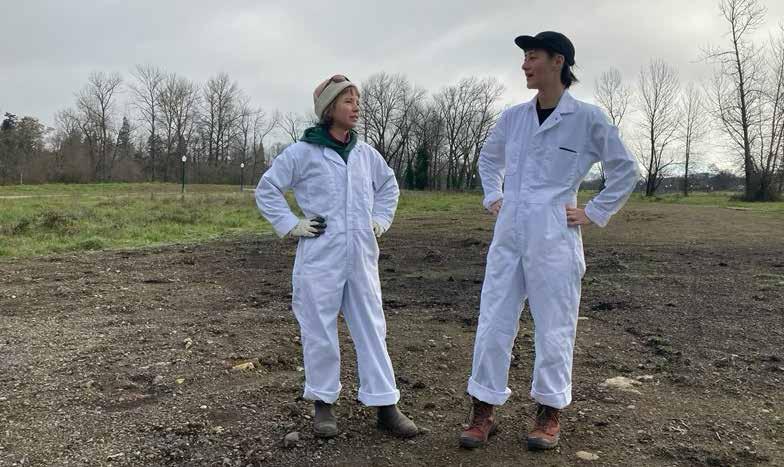
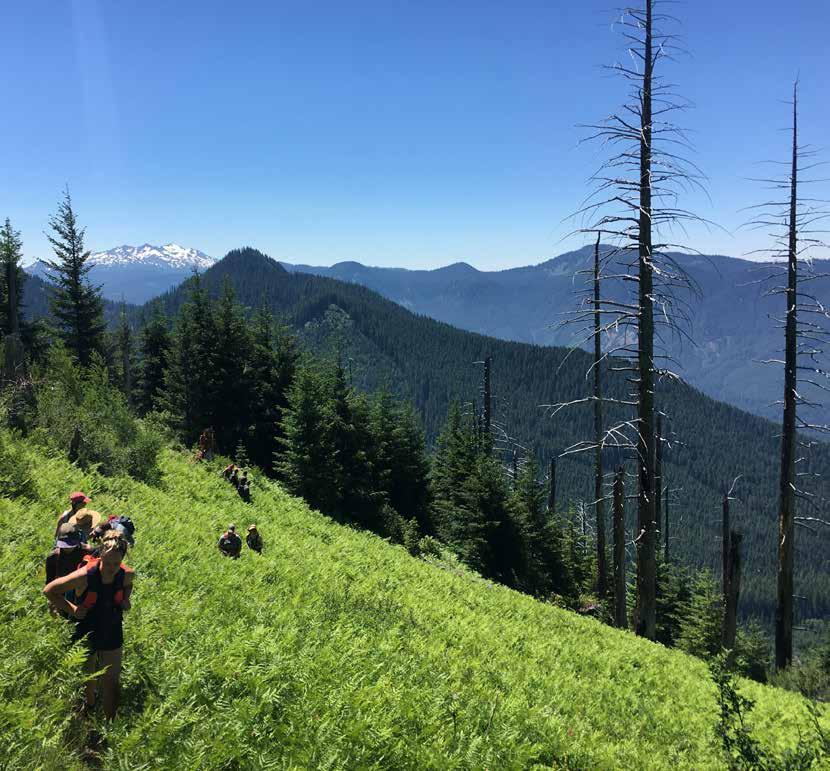
Equally important to the LL22 exhibition are the relationships, experiences, and skills developed during the first and only Oregon-based Overlook Field School, which explored the theme of “Recovery” as it relates to wildfire burns. The majority of the design team participated in this program and the preparatory spring seminar, which used the Land Lab as a safe place for in-person discussion. Over the course of five weeks, the participants visited post-fire sites, translated their observations into recovery “charms,” and finally represented their discoveries through landscape installations. The Field School culminated in a public exhibition at Mt Pisgah Arboretum, communicating the dynamism of post-fire landscapes and what they can teach us about resiliency
Student work from Overlook “Recovery” received a National Honor Award in Communications from American Society of Landscape Architects in 2022.
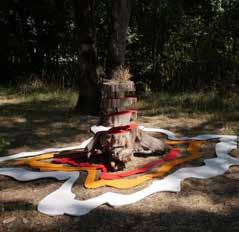

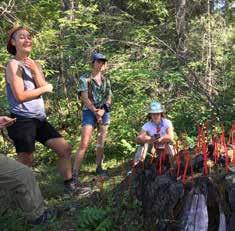
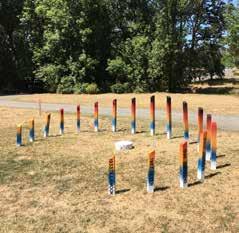

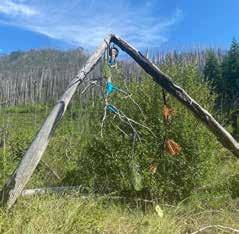









The Coast
Snow Fence, Paint, Decals




Willamette Valley
Crop Protection Fabric, Steel Conduit, Rebar




Portland
Snow Fence, Paint, T-Posts
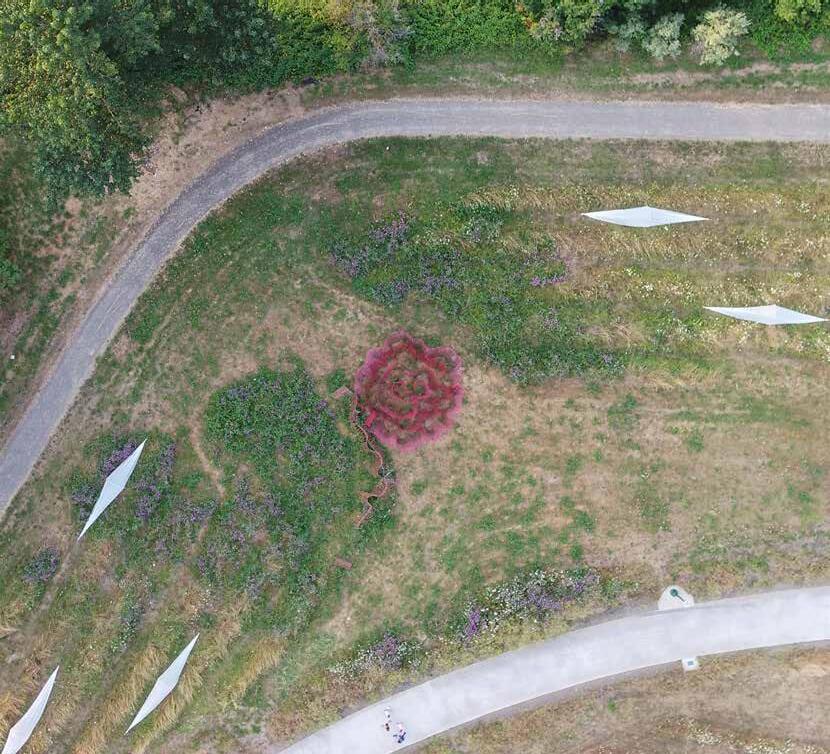


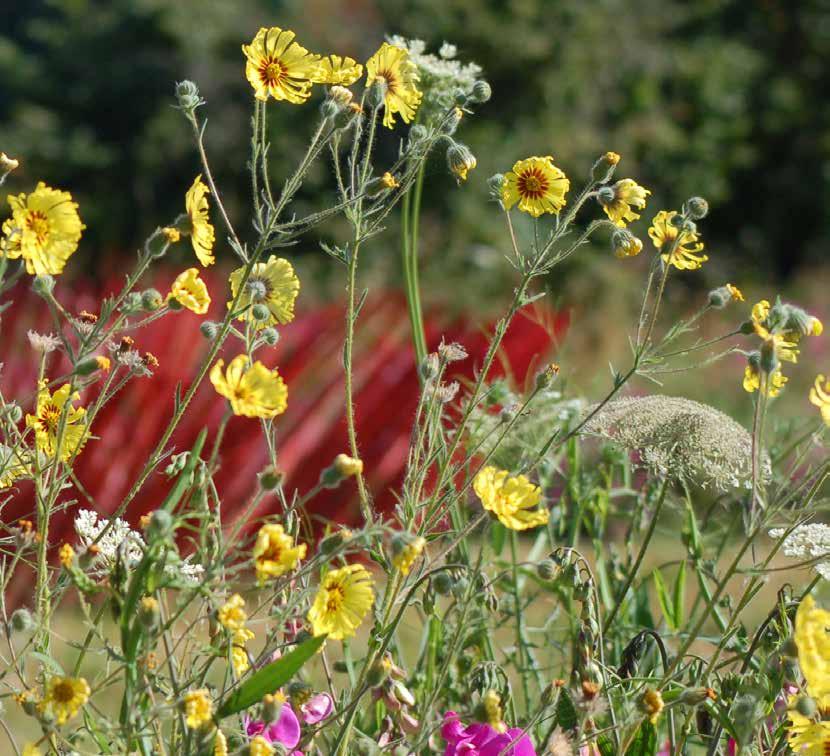

Columbia River Gorge
Wood, Paint, Crop Protection Fabric, Decals

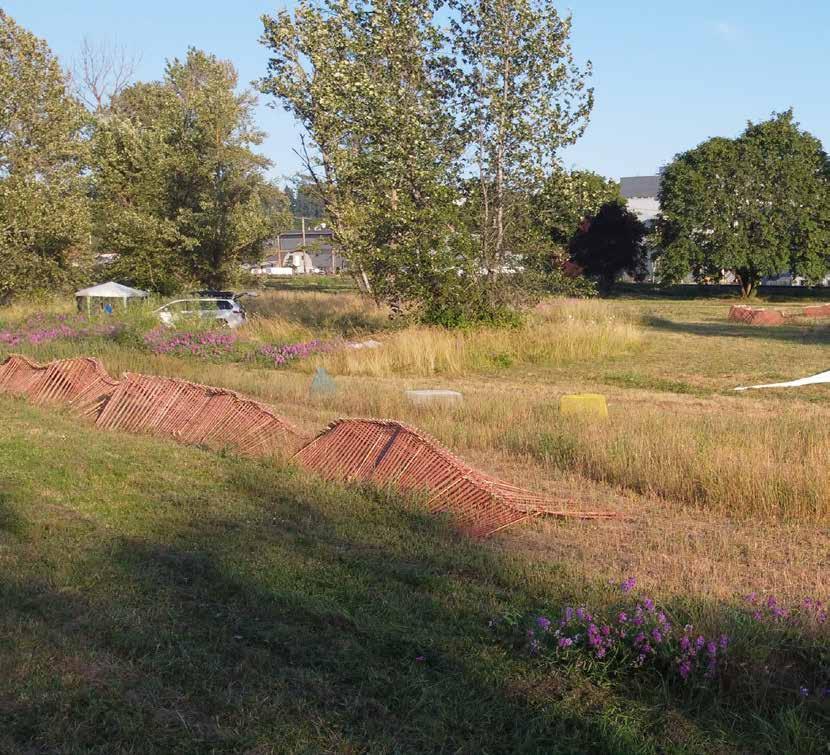

Southern Oregon
Snow Fence, Paint, Crop Protection Fabric, Timber, Twine




Plant Protection Prototype by Designers-in-Residence
Wood, Paint


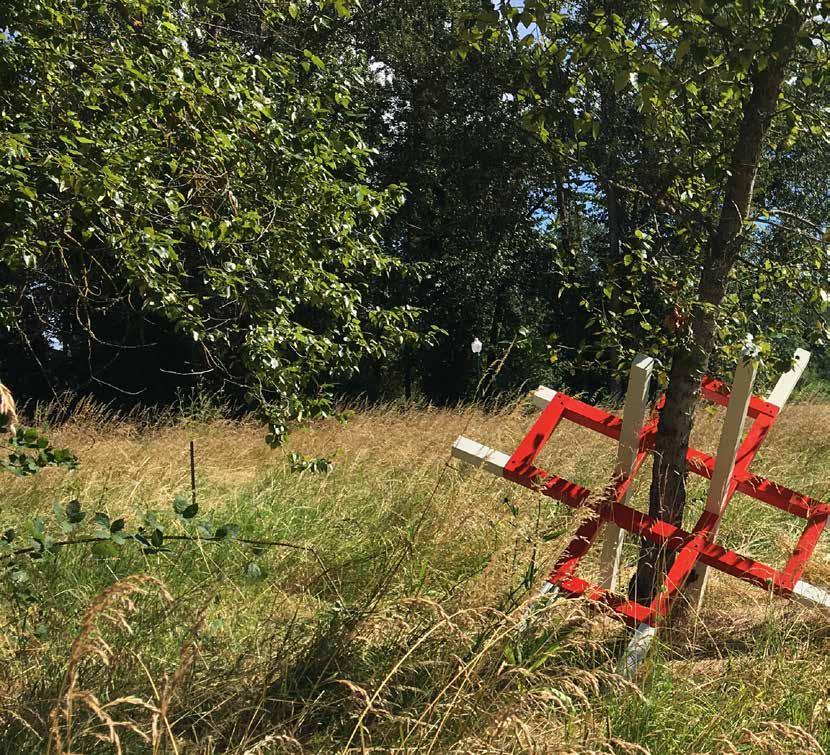
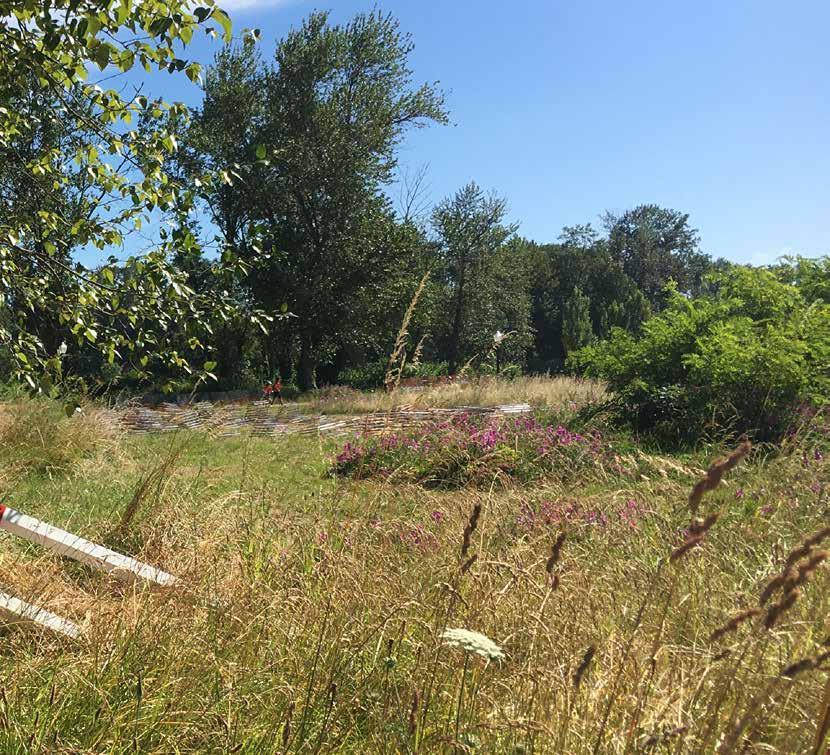
Central Oregon
Snow Fence, Paint, Decal




Plant Protection Prototype by Designers-in-Residence
Wood, Paint



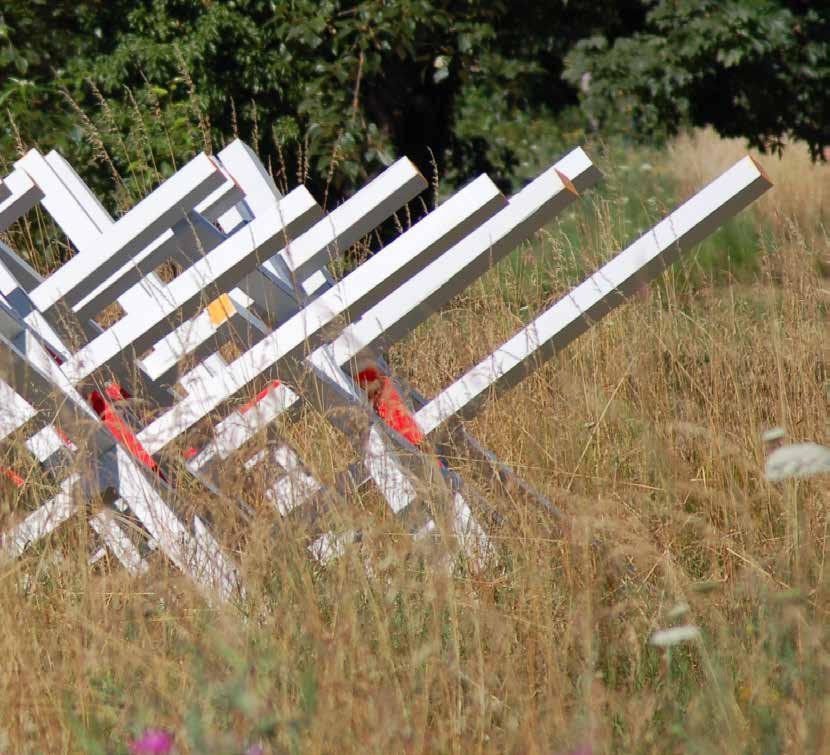
Eastern Oregon
Snow Fence, Paint, Decals
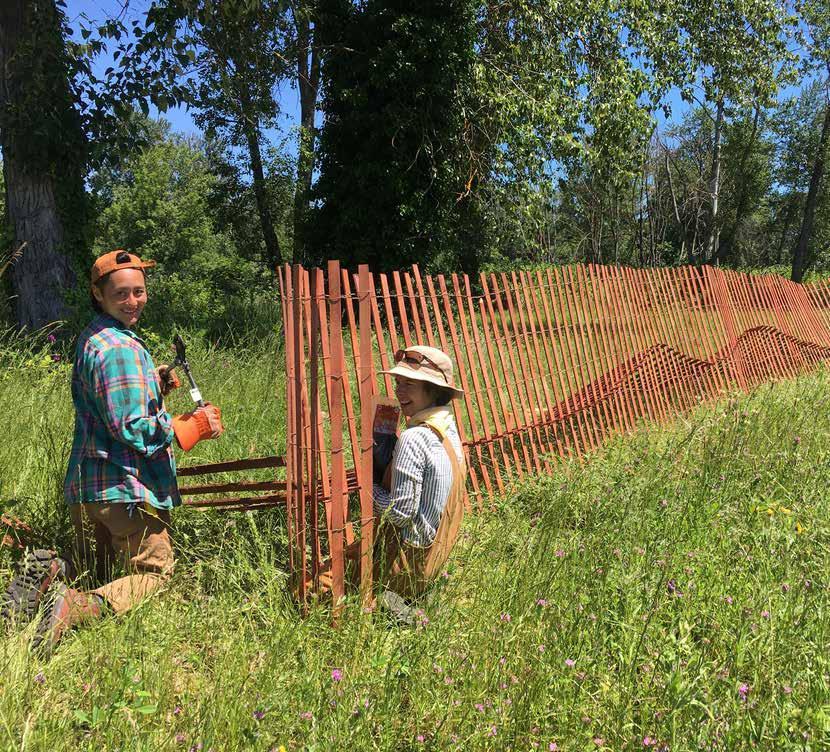




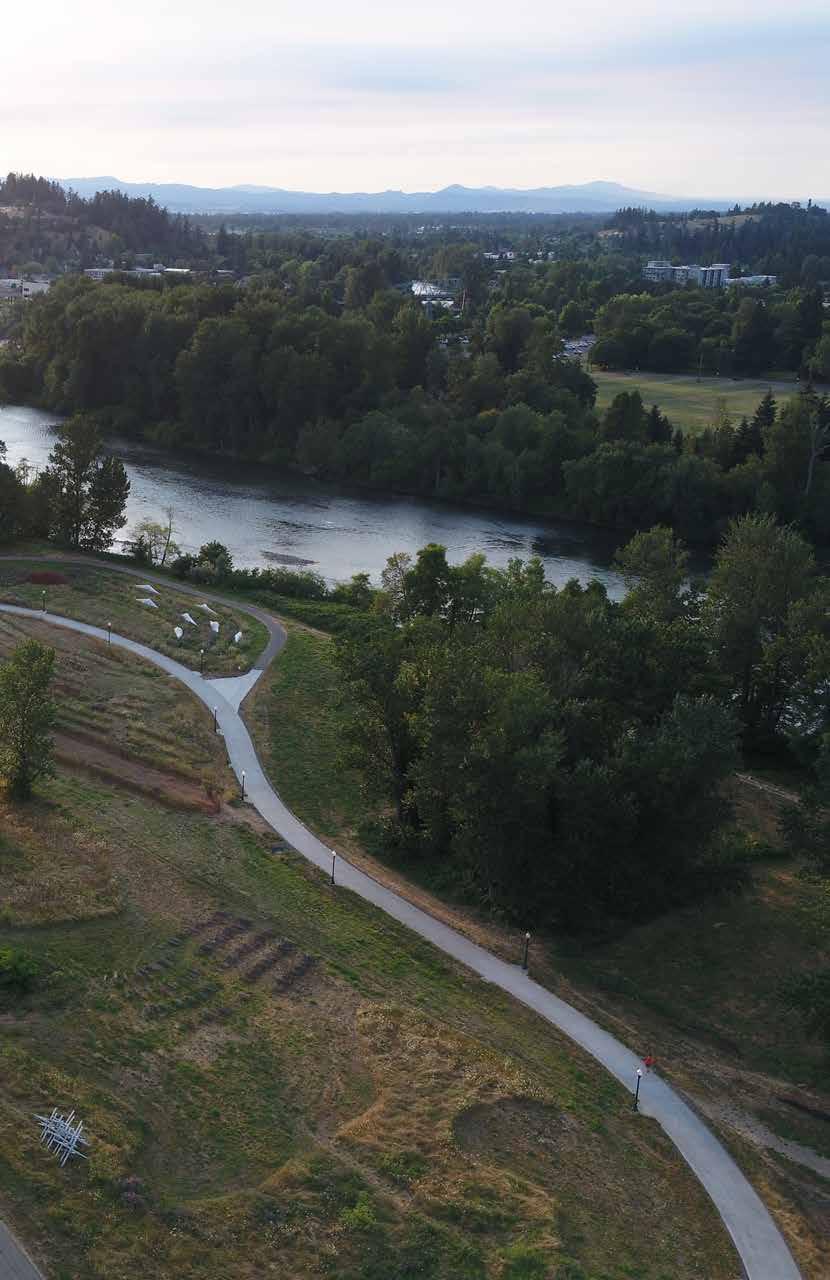
Fuller Initiative Land Lab 2022

Department of Landscape Architecture
University of Oregon College of Design
fuller.uoregon.edu/land-lab